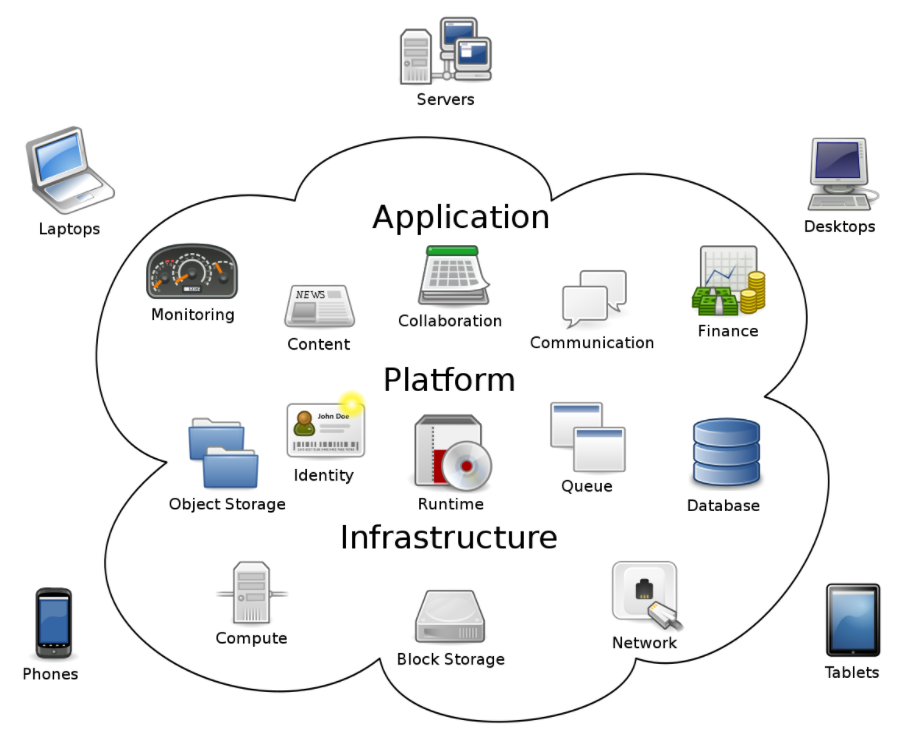Technological developments are having a great impact on modern educational models. We can see it in our approach to everyday school classes, let alone Pro Essay Writing services that make learning ten times easier and more efficient. Let us look at some examples of tech that are being implemented in the classroom today.
Virtual Reality
Implementation of Virtual Reality in an educational setting is one of the latest ways technology is being used to make education more interactive and entertaining for students. For instance, through the use of virtual reality, students can go on virtual field trips. This new technology also makes it possible for these students to explore places that would otherwise be physically inaccessible virtually.
While virtual reality provides students with an affordable way to virtually explore given places to enhance their education process, understanding and implementing this tech in the classroom have pros and cons. These include:
Pros
- This technology provides real-life experiences for the students. It makes it easy for them to understand what they are being taught easily.
- It gives students the ability to visually explore places that are far away or even harmful or physically inaccessible.
- Provides learners with a visual alternative which helps further explain what the students had learned theoretically. In this manner, students can easily understand what they have been taught. Implementing virtual reality in the teaching process also makes the lessons more engaging and entertaining, compare to where learning is purely theoretical.
Cons
- Students can easily develop motion sickness when they are in the process of utilizing virtual reality technology. This is primarily because as they are using the tech, the students’ eyes sense movement while their bodies do not. The confusing signals sent to the brain due to this discrepancy in senses usually lead to motion sickness in human beings.

Digitized Reading Material
Implementing tech in some educational environments makes it possible for students to have easy access to digitized reading material. This is very beneficial to students as it helps switch the bulky and heavy hard-copy textbooks for digital ones that can be installed on tech devices such as laptops, tablets and phones.
Students have access to tech devices that can store digitized reading material; they also get the opportunity to utilize these devices in ways that improve their educational experiences. For instance, through these tech devices, students can access college essay writing services online and acquire any assistance they might need regarding academic writing.
The internet also provides learners access to several academic writing services such as masterpapers.com. These companies play a huge role in giving students access to highly experienced writers who can write essays like pros. Furthermore, access to the internet allows students to visit links like https://www.sfweekly.com/sponsored/review-of-the-top-5-academic-assistance-platforms/, where they can get reading material as well as entertaining information. Let us look at some of the pros and cons of implementing this kind of technology in the classroom;
Pros
- Students will not have to carry heavy backpacks filled with bulky textbooks every day. All they need to do is have is a single device containing the digitized content.
- It provides a centralized place where a student can easily access all their reading material.
- It is easier to update digital content compared to buying the newest textbook edition each year.
- The tech devices storing this digital reading material can also provide personalized learning opportunities for the students. In this manner, tech is used to kill two birds with one stone.
Cons
- It can be expensive as the school would need to provide a laptop or tablet for each student. On the other hand, the school also needs to repair or replace these devices as time goes by. This can turn out to be costly.

Cloud Technology
Cloud technology allows for apps and services to be hosted on the internet rather than on any one user’s device. This means that a single application can be utilized on several devices at a go for educational purposes.
This tech allows for a single digital textbook to be used by several students, eliminating the need to buy several textbooks, one for each student. Some of the pros and cons of utilizing cloud-based the in the classroom include the following:
Pros
- Flipped classrooms are made possible by utilizing cloud-based tech. A flipped classroom is a teaching model where students watch lectures before class time and then spend the lesson discussing what they had watched. This model makes it easier for students to understand what they are being taught.
- It enables students to gain access to lots of reading material through access to the internet.
Cons
- It can be expensive as each student needs to have their own device and a good connection to the internet.

Even though some might argue that utilizing tech for education in the classroom might be expensive, it is important to point out that the pros of implementing tech in educational settings usually outweigh its cons.
For even more gaming news, click right HERE.
1 comment
Amazing a good deal of beneficial information!